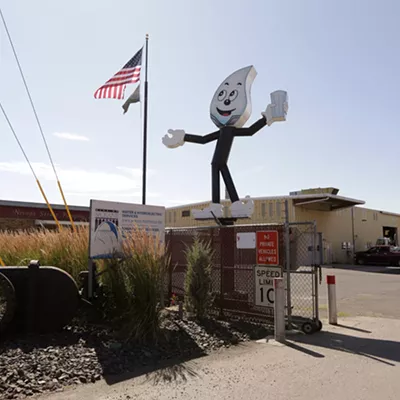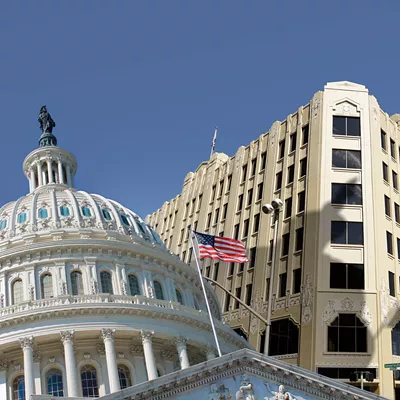Like most banks heavily invested in construction, Spokane’s Sterling Savings Bank was walloped by the market collapse. In 2009, the financial corporation lost $885 million, while loans that weren’t being repaid increased 90-fold.
Repaying the cost of those troubled assets sent Sterling’s capital dwindling, precisely at a time when federal regulators were demanding banks have more capital than ever. In came the federal regulators, demanding changes at the beleaguered bank. More board oversight. A plan to deal with its troubled assets. Oh, and raise at least an additional $300 million in capital.
With 11 Washington banks already on the government’s failed bank list, the stakes were high, Sterling spokesman Cara Coon says.
To raise those funds, Sterling looked to issue more shares. Shares, of course, represent little slices of ownership in the company. Issuing new shares means slicing the pie even thinner, decreasing shares’ value for current shareholders. But that’s better, presumably, than the shares devaluing into nothing should Sterling go under.
In total, Sterling received $730 million from its investors and, in exchange, issued them a large number of shares. The U.S. Treasury was also issued a large number of shares, in exchange for $330 million worth of Troubled Asset Relief Program funds it had given Sterling in 2008. All in all, Coon says, it was one of the largest financial transactions for a community bank in the United States.
A large chunk of those shares went to Thomas H. Lee Partners and Warburg Pincus — private equity firms — which each spent $171 million to purchase 22.6 percent each of Sterling’s stock.
Together, they own 45.2 percent of Sterling’s stock. For them, owning a large chunk of the largest bank in Washington provides an ideal platform for growth. (Representatives from THL and WP now have seats on Sterling’s new board.)
Sterling is still a long way from where it used to be. Shares worth $35 in October 2006 are now worth 60 cents, 1/58th of the old price. In other words, if you owned $5,000 of Sterling’s stock back then, it’s worth $86 dollars today. NASDAQ’s one-year target estimate for the stock is even lower, at 20 cents.
But now, Sterling can brandish the stamp of “well-capitalized.” With that comes an official recognition of stability.
And for the 600 employees of Sterling throughout the region, at least, stability is welcome.

























